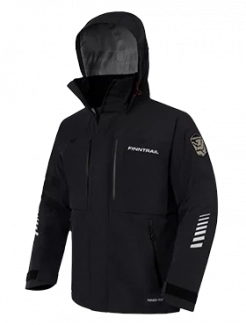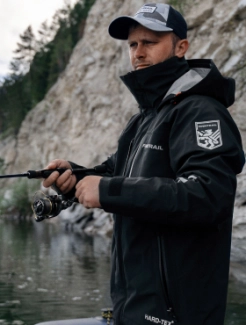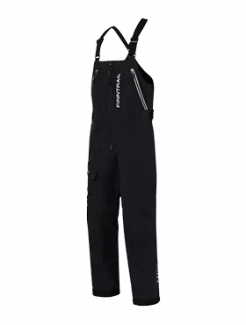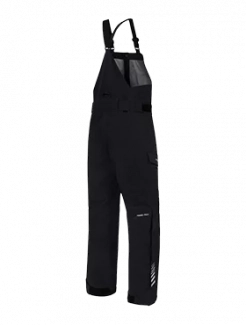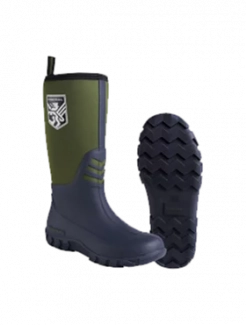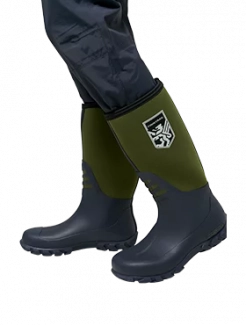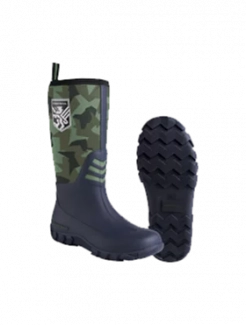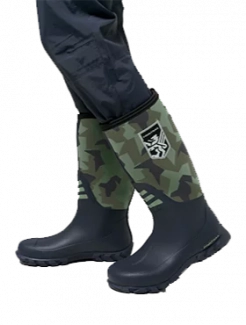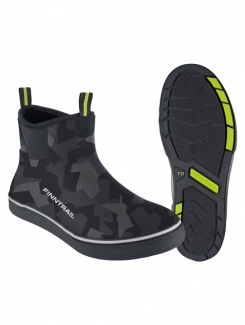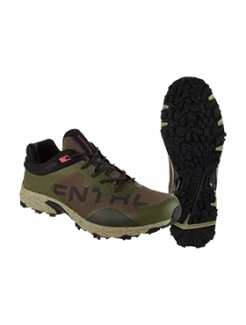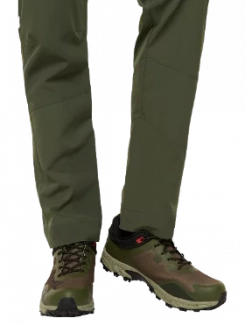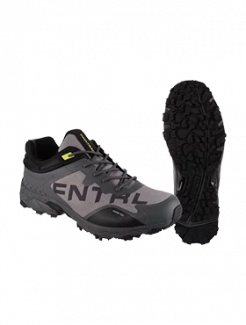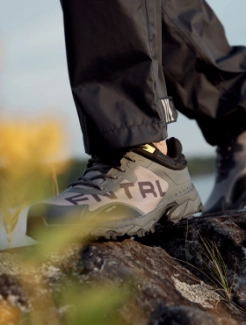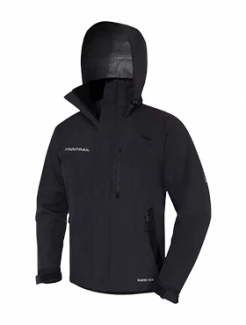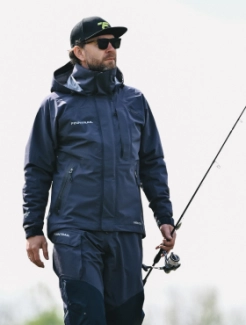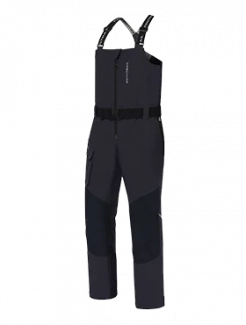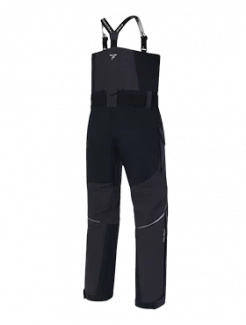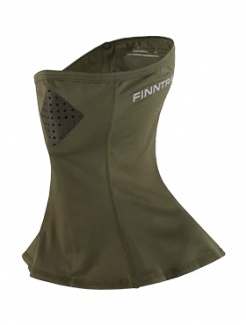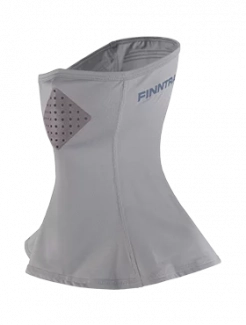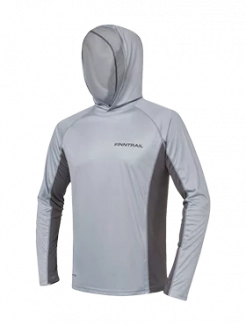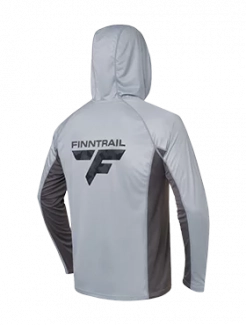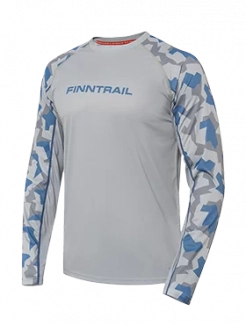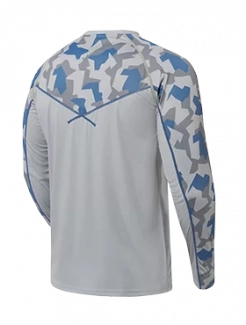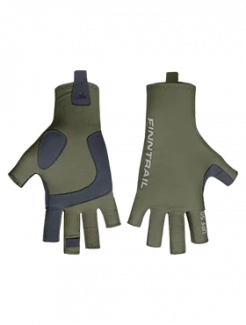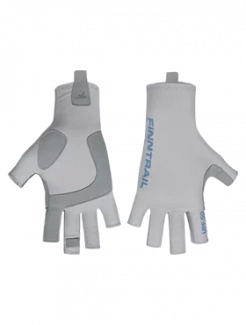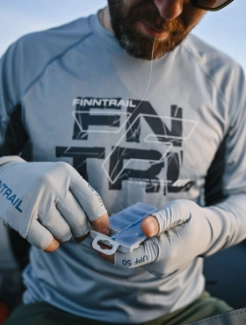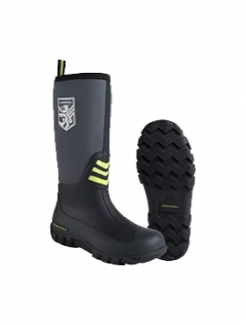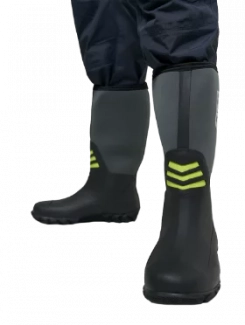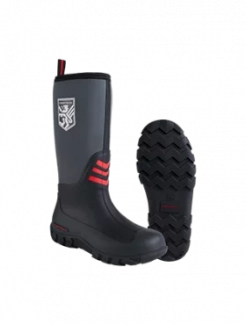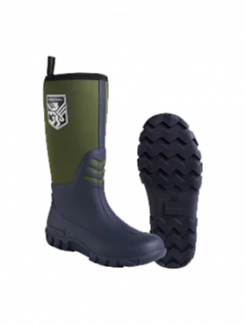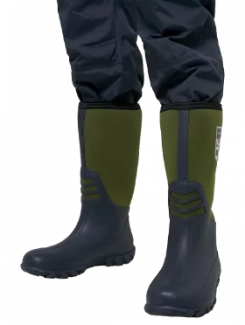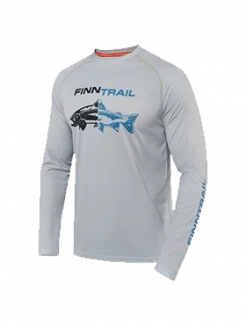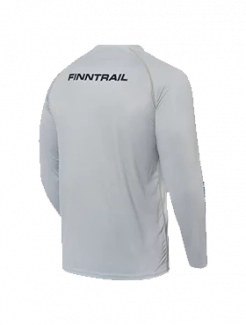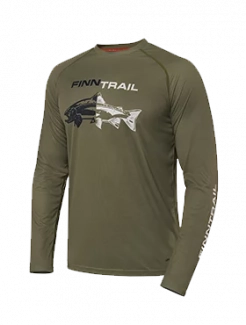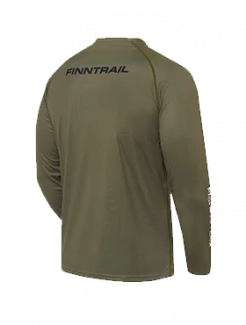Boat Anchors 101: Picking the Right Type and Size
Anchoring is one of the most important skills every boater should master. Whether you’re planning a peaceful afternoon of fishing, spending the night on the water, or just stopping for a swim, having the right anchor ensures your boat stays secure.
In this guide, we’ll break down everything you need to know about choosing the right anchor for your boat, including types, sizing, and key considerations, so you can always feel confident when dropping the hook.
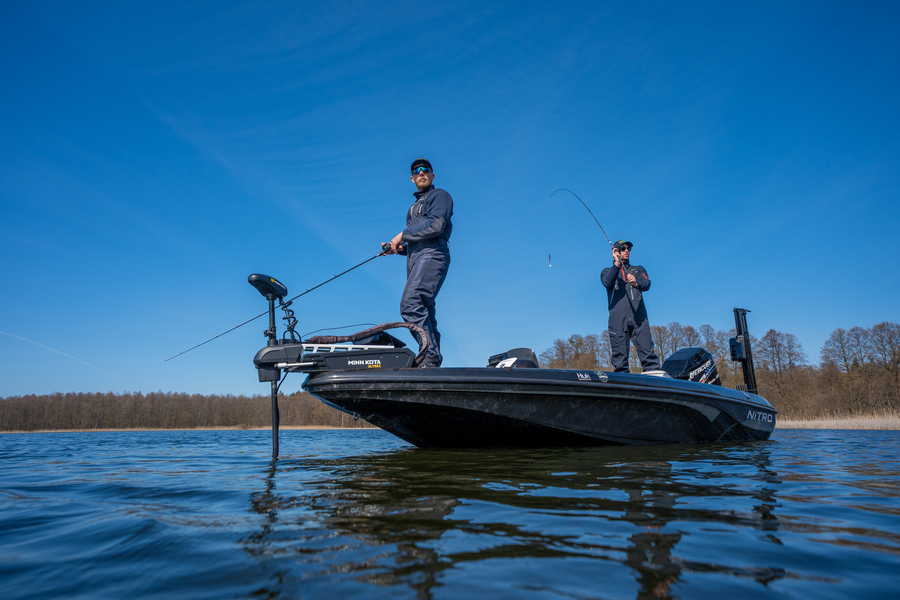
Why Choosing the Right Anchor Matters
A reliable anchor does much more than just keep your boat in place. The right anchor:
-
Ensures safety: prevents your boat from drifting into hazards, shorelines, or other vessels.
-
Provides comfort: keeps your boat stable during fishing, swimming, or overnight stays.
-
Offers peace of mind: a properly sized and designed anchor allows you to enjoy your time on the water without worrying.
That’s why choosing the right anchor for your boat isn’t just about convenience—it’s about safety.
Factors to Consider When Choosing an Anchor
When it comes to choosing an anchor for your boat, there’s no single option that works for everyone. Your ideal anchor depends on a combination of factors:
1. Boat Size and Weight
The most common question is: what is the right size anchor for my boat?
-
Small boats (under 20 feet): usually need lighter anchors in the 4–10 lb range.
-
Medium boats (20–30 feet): typically use anchors weighing 14–20 lbs.
-
Large boats (30–40+ feet): require heavier anchors of 25–35 lbs or more.
The heavier and longer your boat, the bigger the anchor you’ll need. Always check the manufacturer’s anchor size chart to match your boat length and weight.
2. Bottom Conditions
Anchors grip differently depending on the seabed. When choosing an anchor for your boat, think about where you usually drop anchor:
-
Sand: most anchors hold well. A fluke anchor (Danforth) is very effective.
-
Mud: fluke or scoop anchors work best.
-
Rocky bottoms: a plow or claw anchor is recommended.
-
Weeds/grass: a plow or modern scoop anchor can penetrate vegetation better.
3. Weather and Water Conditions
If you frequently boat in windy, tidal, or rough water areas, go for a heavier anchor and longer chain. It’s always safer to have more holding power than less.
4. Anchor Type
There are several types of anchors to choose from, each suited to different needs:
-
Fluke: lightweight and great for sand or mud.
-
Plow : versatile and reliable in mixed bottomsю
-
Claw: easy to set, holds in most conditions, good for beginners.
-
Mushroom: best for very small boats or permanent moorings.
-
Modern scoop anchors: excellent holding power, work well in many seabeds.
How to Choose Anchor Size for Boat
Choosing the right anchor size for your boat is critical. Too small, and your anchor won’t hold. Too big, and it can be difficult to handle.
Here’s a quick rule of thumb for sizing:
-
1 pound of anchor per foot of boat length is a common guideline for small boats.
-
For larger boats, consult manufacturer charts since weight and windage matter as much as length.
-
Always size up if you’re unsure. It’s better to have an anchor that’s slightly too large than one that’s too small.
Example: If your boat is 25 feet, you’ll likely need an anchor around 15–20 pounds, depending on conditions.
Choosing the Right Rode
The anchor itself is only part of the equation. The anchor rod (the chain and rope connecting your anchor to the boat) is equally important.
-
Scope Ratio: use a ratio of 7:1 (7 feet of rode for every 1 foot of water depth) for reliable holding.
-
Chain: adding at least one boat length of chain improves holding power by keeping the anchor shank low.
-
Rope: nylon is preferred for its stretch and shock absorption.
Tips for Choosing the Right Anchor for Your Boat
If you’re still wondering how to choose the right anchor for your boat, here are some practical tips:
-
Match anchor type to the seabed where you usually anchor.
-
Size up if you frequently anchor overnight or in windy/tidal areas.
-
Carry more than one anchor—a primary and a backup. Many boaters carry a fluke and a plow for versatility.
-
Don’t forget storage—make sure the anchor fits your bow roller, locker, or deck space.
-
Invest in quality—a cheap anchor may bend or break when you need it most.
Common Mistakes When Choosing an Anchor
-
Buying too small: the biggest mistake is underestimating your anchor size needs.
-
Ignoring bottom conditions: an anchor that works in sand may fail in grass or rock.
-
Skipping chain: Relying on rope only reduces effectiveness.
-
Not learning how to set an anchor: even the right anchor won’t hold if not set correctly.
Final Thoughts
Choosing the right anchor for your boat is essential for safety, comfort, and peace of mind. When in doubt, go a little larger and stronger. Anchors are your boat’s insurance policy—invest wisely.
Now when you understand how to pick the right anchor size and what factors matter most, you can set the hook with confidence and focus on enjoying your time on the water.

